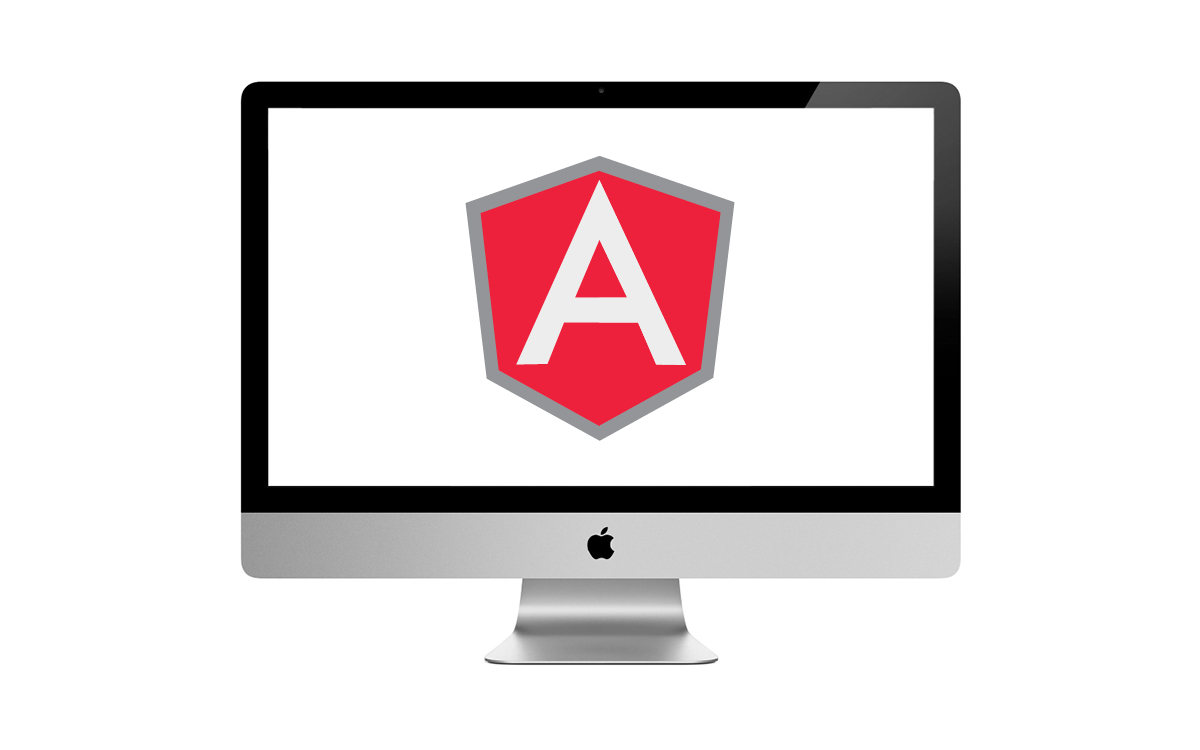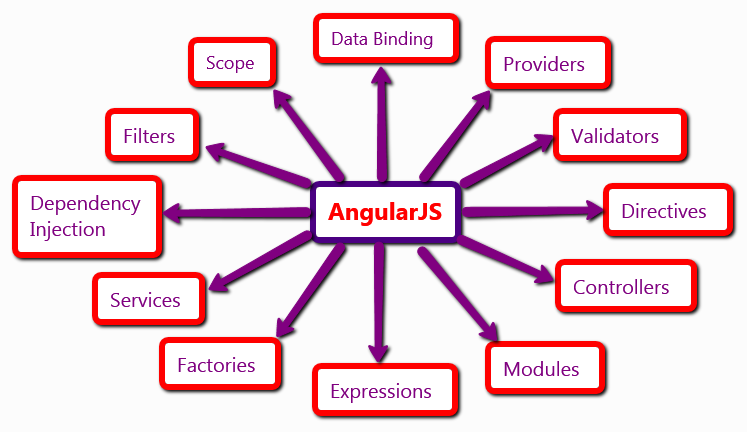Angular JS
AngularJS is 100% JavaScript, 100% client-side and compatible with both desktop and mobile browsers. So it's definitely not a plugin or some other native browser extension.
At the highest level, Angular does look like just another templating system. But there is one important reason why the Angular templating system is different, that makes it very good fit for application development: bidirectional data binding. The template is compiled in the browser and the compilation step produces a live view. This means you, the developers, don't need to write code to constantly sync the view with the model and the model with the view as in other templating systems.
The startup time heavily depends on your network connection, state of the cache, browser used and available hardware, but typically we measure bootstrap time in tens or hundreds of milliseconds.
The runtime performance will vary depending on the number and complexity of bindings on the page as well as the speed of your backend (for apps that fetch data from the backend). For an illustration, we typically build snappy apps with hundreds or thousands of active bindings.



